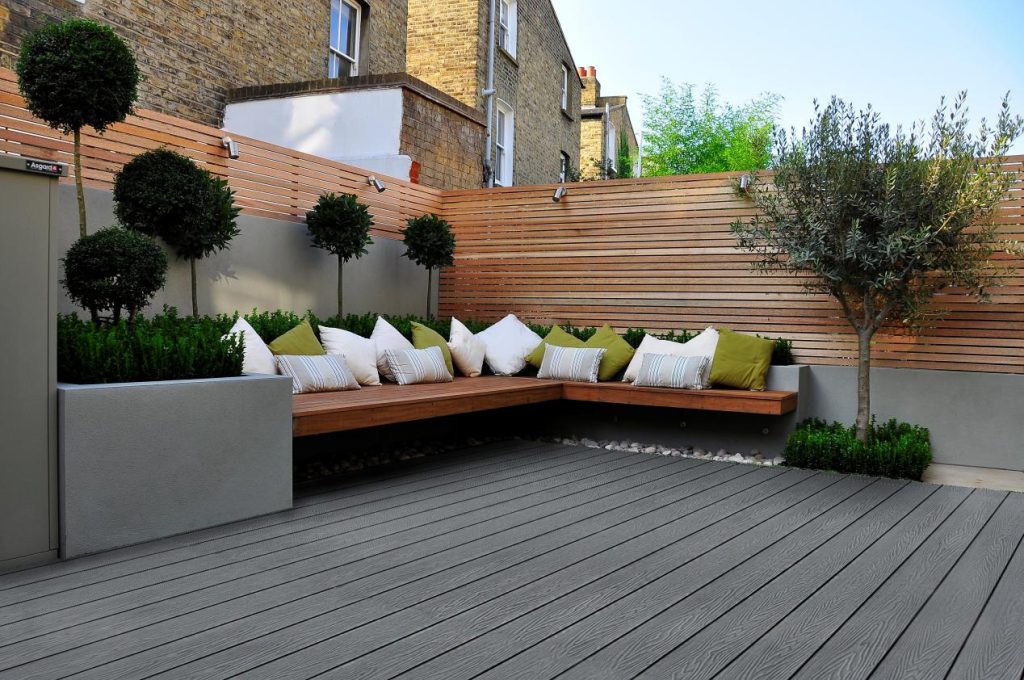The cost of WPC wall panels can vary significantly depending on several factors, including the quality of the material, the manufacturer, your location, and the specific design or style you choose. On average, you can expect to pay anywhere from $3 to $10 per square foot for WPC wall panels. Keep in mind that this is a general price range, and the actual cost may be higher or lower based on the factors mentioned above.
Here are some of the key factors that can influence the cost of WPC wall panels:
- Quality and Brand: High-quality WPC panels from reputable brands often come with a higher price tag. These panels are more durable, resistant to wear and tear, and may have better finishes.
- Design and Finish: Panels with intricate designs, textures, or customized finishes may cost more than standard or plain WPC panels.
- Thickness: Thicker WPC panels may cost more, but they often provide better insulation and durability.
- Installation Costs: The cost of installation can vary based on the complexity of the project and labor rates in your area. DIY installation can save you on labor costs, but it requires your time and expertise.
- Location: The cost of materials and labor can vary by region or country. More expensive areas may have higher overall project costs.
- Additional Features: Some WPC panels come with added features like fire resistance or moisture resistance, which can affect the price.
To get an accurate estimate for your specific project, it’s advisable to contact local suppliers or contractors for quotes. They can provide you with a more precise cost based on your requirements and location. Additionally, consider obtaining multiple quotes to compare prices and ensure you’re getting a fair deal.
Keep in mind that while WPC wall panels are often more affordable than some other materials like solid wood or stone, they offer a good balance between cost, aesthetics, and durability. The initial investment can be cost-effective, and their low maintenance requirements can lead to long-term savings.







